
ENVIRONMENT
03-03-2022 by Leni Frau
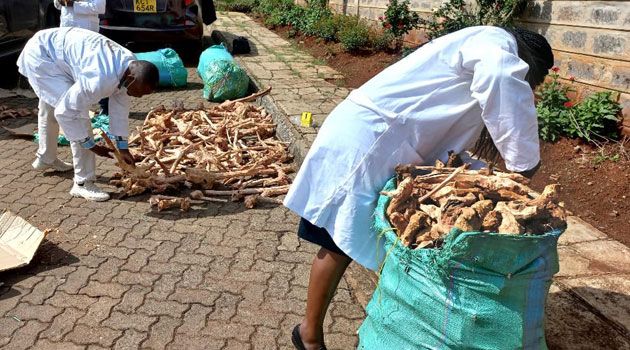
Timber smuggling is more deleterious to the destruction of a territory than animal smuggling.
Let's be clear, every illegal activity is to be condemned, and every protected species in nature must be strongly preserved. But there are hundreds of associations and foundations that take care of the animals of the savannah that have the possibility to reproduce and whose process of extinction is fortunately slower, while there are few organizations that take care of the flora in a decisive, selective and targeted way.
A striking case in point is that of the sandalwood, one of the most sought-after and expensive woods in the world, of which the forests of Kenya were abundant until a few years ago and which today, at least as far as the East African variety is concerned, is disappearing.
Despite a 2007 government ban on the harvesting and trade of sandalwood, the trees continue to be cut down, mainly for their essential oil, which is extracted to produce traditional medicines and cosmetics.
It is precisely its wonderful scent that attracts the illegal trade, wood poachers who don't just prune branches or draw resins from the bark, but uproot the plants directly, because in the roots hides the best of its essential oil to be extracted.
According to the CEO of the organization Unganisha Cultures, which deals with awareness on environmental crimes, lately the smuggling of sandalwood, driven by the demand of the international market and especially Asian, has increased exponentially especially for the high chances of profit and the lack of proper controls.
"Sandalwood trafficking is on the rise in all East African countries due to poor legislation and inaction in implementing existing regulations," explains Unganisha Culture, "Since there is no single framework governing all of East Africa, it is easier for sandalwood to be trafficked.
One of the areas where illegal trafficking of sandalwood is most extensive is Samburu, which has the highest concentration of the plant, but is now beginning to face extinction.
Locals cut down the trees and resell them for about 65 shillings per kilo (half a euro). Smugglers load the wood into trucks and the wood is shipped and sold illegally in Asian markets.
"The sandalwood tree is used to make incense sticks, perfumes, candles, soaps and also during cremation. This has caused the tree to be considered as "gold" because of its high value," explains Mwangi. "The female tree is more popular because you have more oil and it has a darker red-brown color, which is more attractive. It also has a sweeter scent than the male tree.
These traffickers can earn up to $20 million for every 50 tons of sandalwood sold. It's a lucrative business that works and goes on."
A liter of oil is sold on the international market for more than $200,000.
In the absence of a serious fight for its conservation, hope rests with associations such as Unganisha Cultures, which by raising awareness and working in concert with environmental agencies, can at least plant new endangered species.
"We are working with Kenya Forestry Research Institute (Kefri) officials to plant more sandalwood seedlings across the country. This will go a long way in ensuring that the tree does not go extinct," Mwangi announced. But it would also help to deal with criminals.
Of course, the biggest obstacle in curbing the illegal sandalwood trade is corruption.
"Sandalwood trafficking is punishable by a seven-year prison term or a fine of Kes. 500,000 - explains the environmentalist but after some of the culprits are released on bail, the cases end up being dropped and in some cases the seized sandalwood is itself sold illegally."
NEWS
by Freddie del Curatolo

We were accustomed to ivory smuggling (just a few days ago two poachers were sentenced in the...
ART
by Freddie del Curatolo
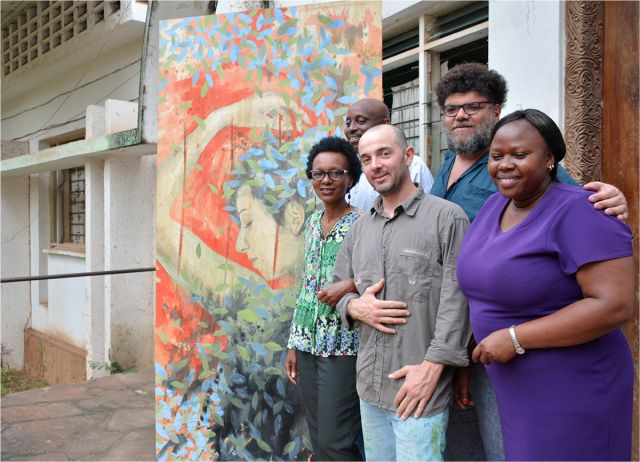
A special day in Malindi to celebrate the international contemporary art day.
The ...
TRADITIONAL FOOD
by redazione
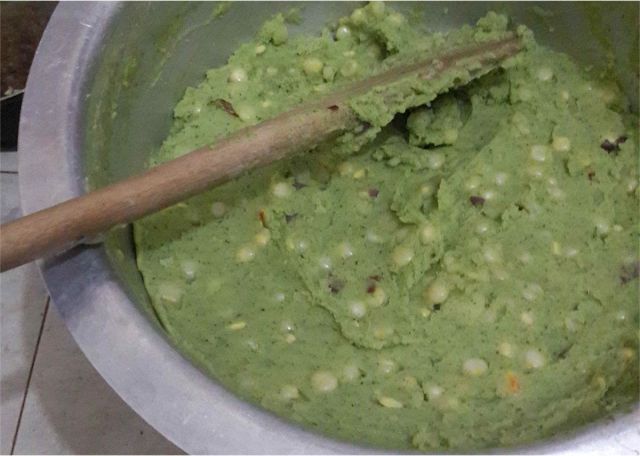
Mukimo is a traditional side dish from the central regions of Kenya.
It is...
LATEST NEWS
by redazione

Due to the heavy rains that have been raging since tonight on Malindi and the Kenyan coast, the...
REAL ESTATE
by redazione
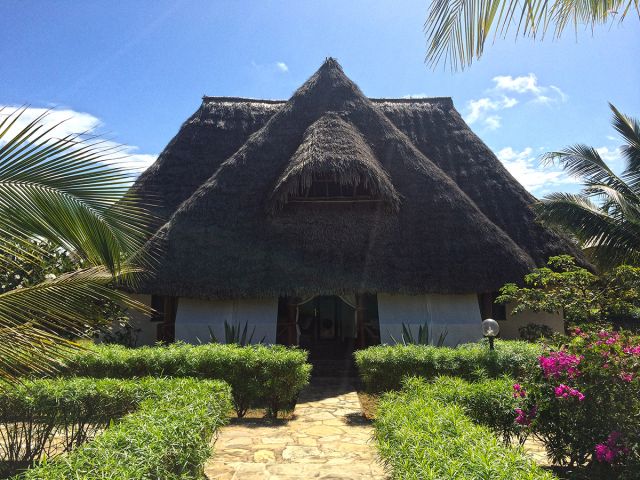
With the reopening of air flights, for now only at national level, we propose the real estate offers of ...
ENVIRONMENT
by redazione

A house of 70 square meters built with 10,000 bottles and a little 'concrete in Malindi. The project, borrowed from similar ideas realized in Nigeria and Bolivia, is Italian opera Franceschi Oliviero The Bottle House in Malindi is located in...
NEWS
by redazione

Even Watamu goes down in the streets to defend its beauty and public health, before...
NEWS
by redazione

The executive body of Kenya's Ministry of Environment, NEMA, has refused to approve the 61-storey
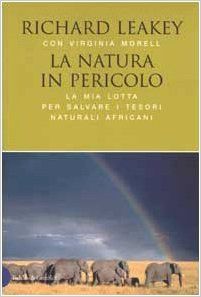
"My struggle to save Africa's natural treasures".
This is the eloquent subtitle of an autobiography written with four hands with the journalist Virginia Morell.